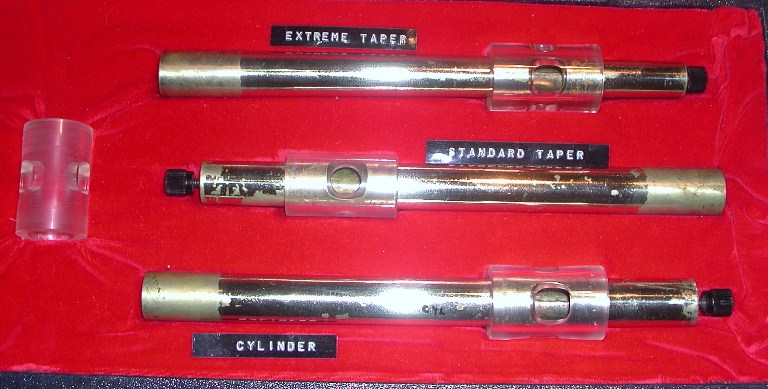In general, a "larger" embouchure hole better allows for the possibility that more air COULD go through it, BUT not necessarily MUST go through it. That is, a "larger" embouchure hole generally gives a player more in the way of air stream options.Doug_Tipple wrote:...My question is whether there is any disadvantage of having a flute that is this open? Is this flute going to take more air to play than a similar flute that offered more resistance, perhaps with a smaller embouchure hole, smaller bore or longer foot joint?
OTOH, however, the availability of such options, or flexibility, also calls for a greater embouchure ability on the part of the player, to control the air stream.
So, perhaps a "smaller" embouchure hole could provide a beginner with success more readily than a "larger" embouchure hole, but perhaps a more advanced player could be able to take advantage of a "larger" embouchure hole, to greater effect.
After all, look at the size of the embouchure hole on a typical Boehm flute, and yet a Boehm flute can speak in the softest of whispers while using very little air, and all while in fine tune.
